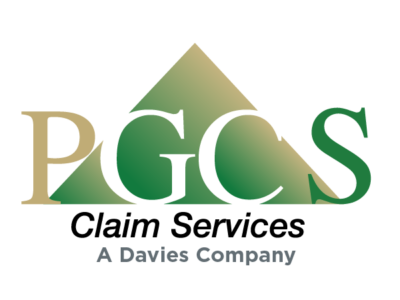“Fraud is now so common that its occurrence is no longer remarkable, only its scale,” according to experts at the Association of Certified Fraud Examiners (ACFE). “Any organization that fails to protect itself appropriately faces increased vulnerability to fraud.” Starkly put, employee dishonesty is more prevalent than we’d like to admit. Learn how to spot red flags, and use these steps to prevent business fraud at your company.
Types of insider fraud
The risk of insider fraud, better known as occupational fraud, permeates every industry, including education and religious and charitable organizations. Occupational fraud is typically divided into three types:
- Asset misappropriation
- Bribery/ corruption
- Financial statement fraud
Asset misappropriation includes theft of inventory or money, check forgery, payroll fraud, and theft of services. It’s the most common type of fraud, occurring in 91 percent of fraud schemes according to AllBusiness. It’s also the least costly type of fraud.
Bribery and corruption occur in about 30 percent of fraud cases. These include the manipulation of contracts, the substitution of inferior goods, the handing out of bribes or kickbacks, and the institution of shell company schemes.
Financial statement fraud is the costliest form of fraud, despite being the least common: It makes up just 10 percent of fraud cases. Financial statement fraud involves manipulating financial statements in order to create financial wins for an individual or group, such as playing with stock prices, loan terms, or year-end bonuses.
Related: Cybersecurity and data protection in our new reality
What does a typical fraud event cost?

The typical organization loses five percent of its annual revenues to fraud, says ACFE and the Center for Forensic Economic Studies. The median loss from one case of occupational fraud is $150,000, but nearly a quarter of these occupational or insider fraud cases resulted in a loss upwards of $1 million. At the high end of the spectrum are median losses in wholesale trade at $450,000, agriculture/forestry/fishing/hunting at $300,000 or construction at $259,000. We hear a lot about employee theft at retail organizations, yet their average case is only $85,000. At the low end of the spectrum, as reported by ACFE, is education, at $62,000 per event.

Their studies also show that the more conspirators involved in a fraud event, the higher the losses: one person defrauds their company of an average of $65,000; two people, $150,000; five or more people, $633,000.
Related: Your business disaster recovery plan: A backup plan to keep you humming
Why are small businesses more vulnerable?
If you own or manage a small business (i.e., a business employing fewer than 100 people), know this: nearly one-third of fraud cases occur in small businesses. Even scarier, 60 percent of these companies didn’t recover any of their losses – and their median loss is $150,000. According to Utica University’s Financial Crime and Compliance Management program, top fraud risks for small businesses are:
- Workers’ comp fraud
- Check tampering
- Revenue skimming
- Payroll fraud
- Vendor billing fraud
We all think it won’t happen to us. Our employees like us; no one would cheat us. We like to think we keep a close eye on the books and take basic steps to prevent fraud. And our head-in-the-sand attitude costs us dearly: companies without anti-fraud controls suffered twice the losses of those that had controls in place. These controls are:
- Management review
- Proactive data monitoring and analysis
- An employee hotline

Steps to prevent business fraud
Here are some steps you can take to prevent fraud at your company:
1. Establish a code of ethics for management and employees, and have each employee sign the document.
2. Evaluate your internal controls for effectiveness and identify areas that may be vulnerable.
3. Institute more checks and balances, such as:
- Adding an audit department and/or an independent audit committee
- Requiring management review and certification of financial statements
- Requiring a consistent external audit of both financial statements and of your internal controls over financial reporting
- Conducting random surprise audits
- Instituting mandatory vacations or job rotation
4. Hone your hiring procedures. Conduct thorough background checks that include educational, credit and employment history, plus references.
5. Create a tip line. ACFE says fraud is most likely to be detected by a tip, so provide an anonymous reporting system for employees, contractors and clients.
6. Communicate your stance on fraud – consistently. This is perhaps the most crucial of steps to prevent business fraud. Remind staff of your anti-fraud policies and potential consequences, and that your tip line is anonymous and easy to use. Consider anti-fraud training for executives, managers, and employees.
It’s difficult to have to acknowledge, but sometimes you need to protect your business from your employees. Take a proactive step: check out the ACFE’s fraud prevention checkup booklet to learn more.
This blogpost originally ran on Arrowhead’s corporate blog. It has been modified and updated to better fit the needs of PGCS’s clients.

